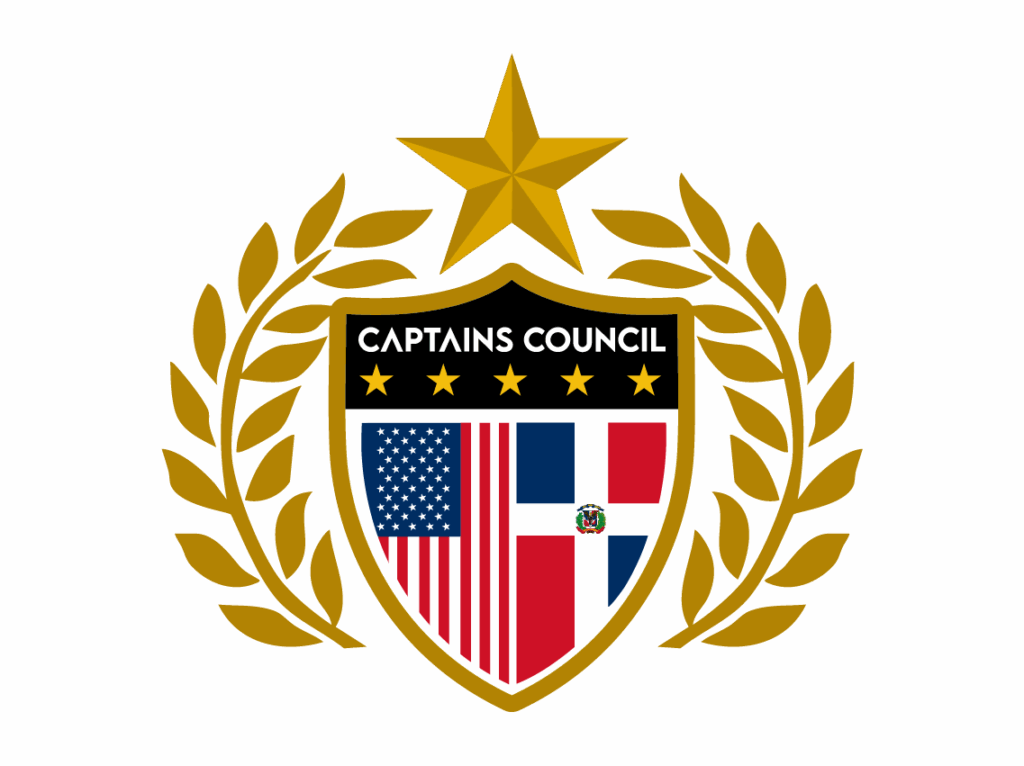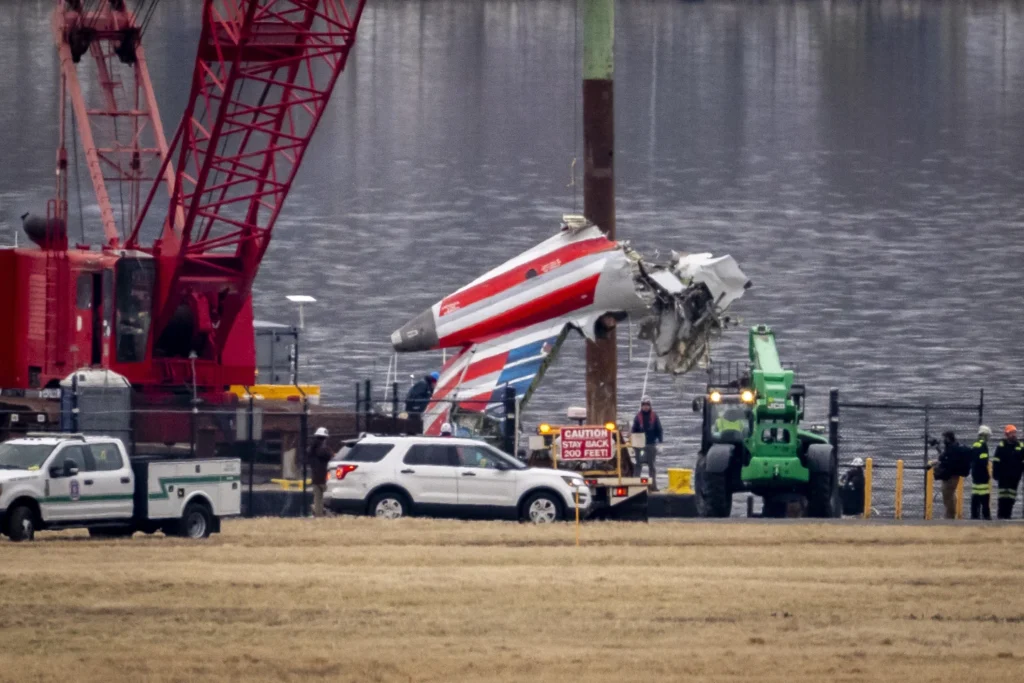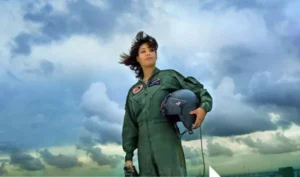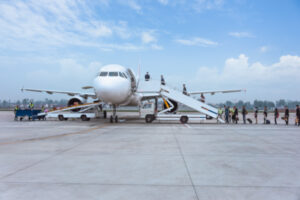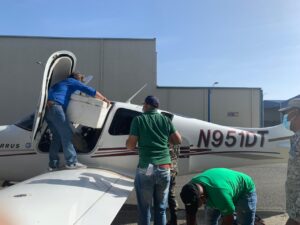The accident in Washington D.C., where a military helicopter and a commercial airplane collided mid-flight, is a stark reminder that in aviation, routine can turn into a threat.
As a pilot with over 25 years of experience and more than a hundred landings at Washington National Airport (DCA), I can affirm that this is a unique airspace: limited by short runways, surrounded by government facilities, and saturated with traffic. Such an environment demands discipline and constant attention.
Routine is helpful in managing complexity, but it also opens the door to complacency—that overconfidence that causes pilots and controllers to let their guard down. In this case, the tower instructed the helicopter to maintain visual separation from the airplane. In doing so, it assumed the crew would maintain the necessary distance. That assumption, in such a sensitive airspace, proved fatal.
The accident reflects what we call in aviation the “chain of errors”: multiple small failures that, when combined, lead to tragedy. Contributing factors here included the lack of effective separation, the possible absence of collision alert systems, poor communication, and the simultaneous operation of military and commercial traffic.
Adding to this is the long-criticized Route 4, used primarily by helicopters and flagged by experts for years due to its risks. Its rigid and inflexible path allowed minimal room for maneuvering, which—within an already saturated airspace shared with commercial aircraft—contributed to the convergence of both aircraft.
Most alarming was what was revealed in the NTSB hearing: institutional negligence. Instead of leading decisively and correcting known risks, the authorities became resigned to routine and the passive acceptance of failure. In a system that demands leadership and vision, they acted like mere passengers.
The lesson is clear: in aviation, safety does not rely solely on technology or manuals, but on rigorous execution and constant vigilance. When familiarity turns into complacency, safety is weakened.
In this case, routine was not an ally, but the beginning of a chain that ended in tragedy. And what is not corrected will, sooner or later, repeat itself.
Suggestions for Possible Changes
- Updated Equipment: Every aircraft must be equipped with modern and fully operational collision warning and avoidance systems.
- Periodic Review: Safety plans and procedures must be regularly evaluated and updated.
- Civil-Military Collaboration: Strengthening coordination between military aviation and commercial airlines is key.
- Traffic Management: The high density of operations at Washington D.C.’s airport should be reconsidered.
- Standardized Approaches: Avoid last-minute runway changes during the final landing phase.
- IFR Operations for Helicopters: Eliminate special visual routes and require all flights to operate under instrument flight rules (IFR) in the DCA area.
- Adequate Human Resources: Ensure sufficient qualified personnel in the control tower to manage the complexity of the airspace.
